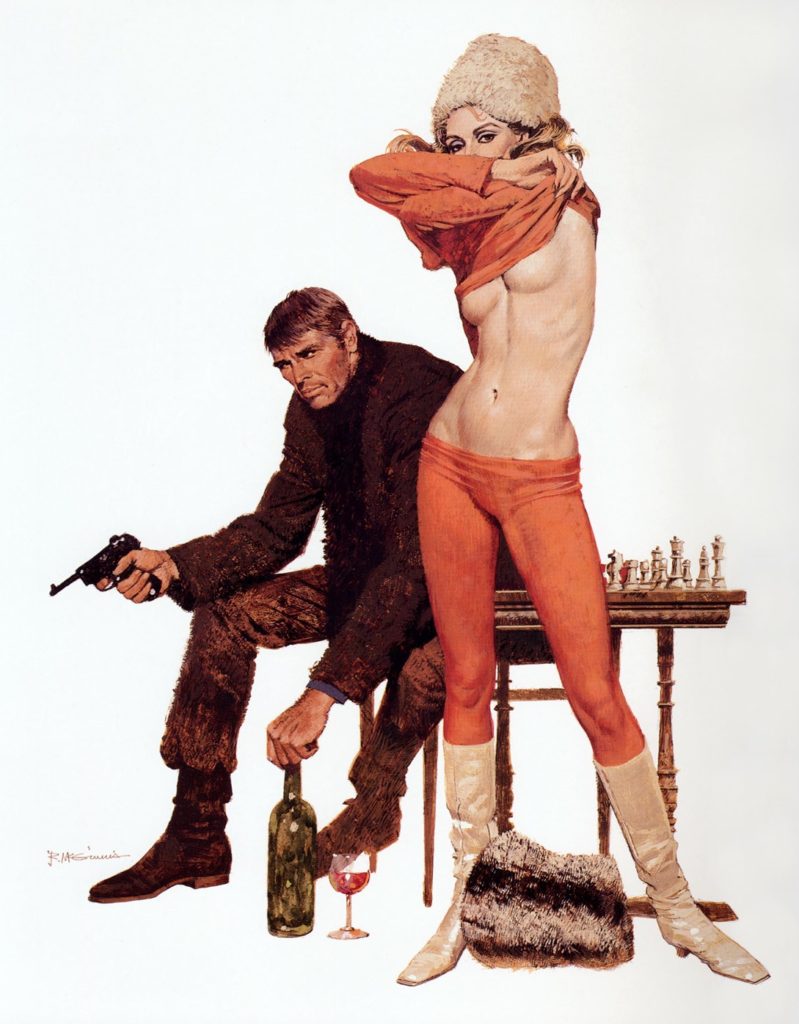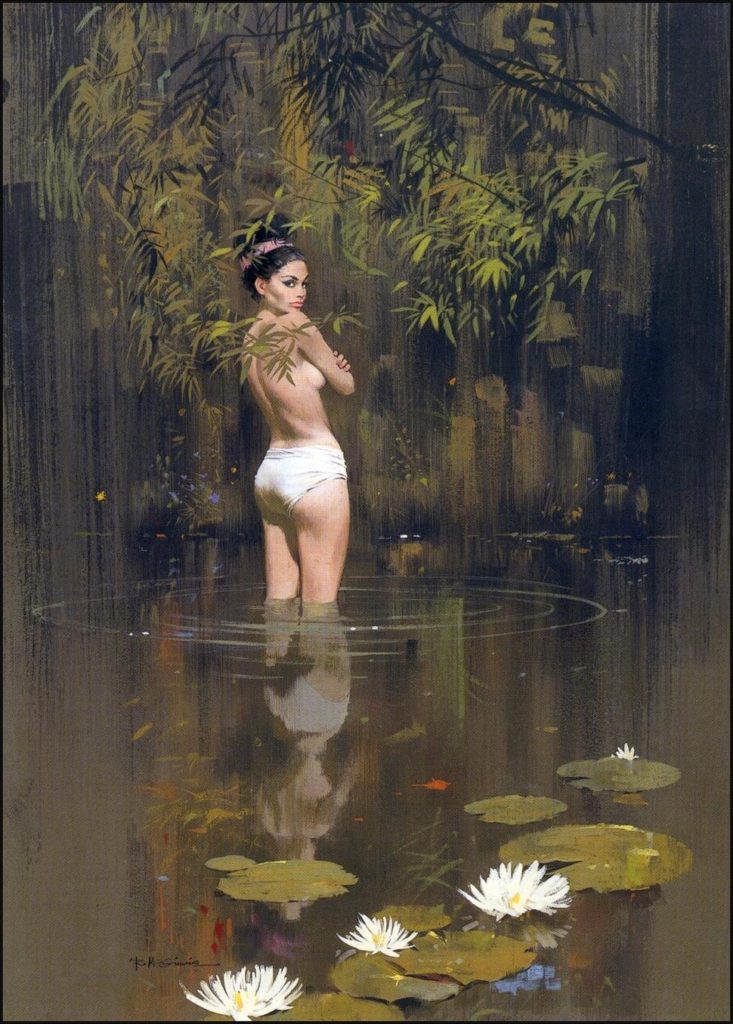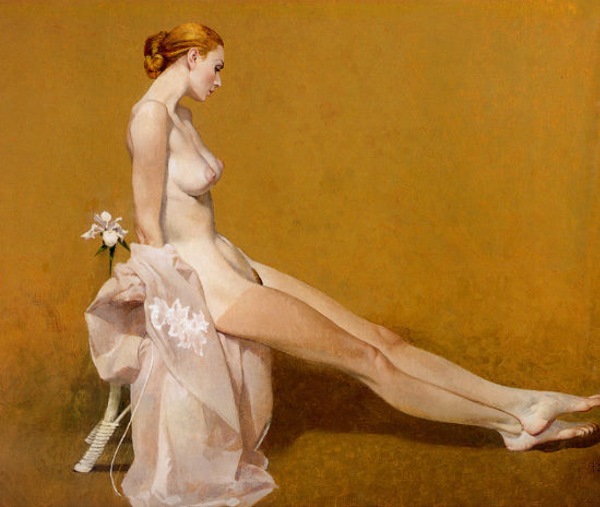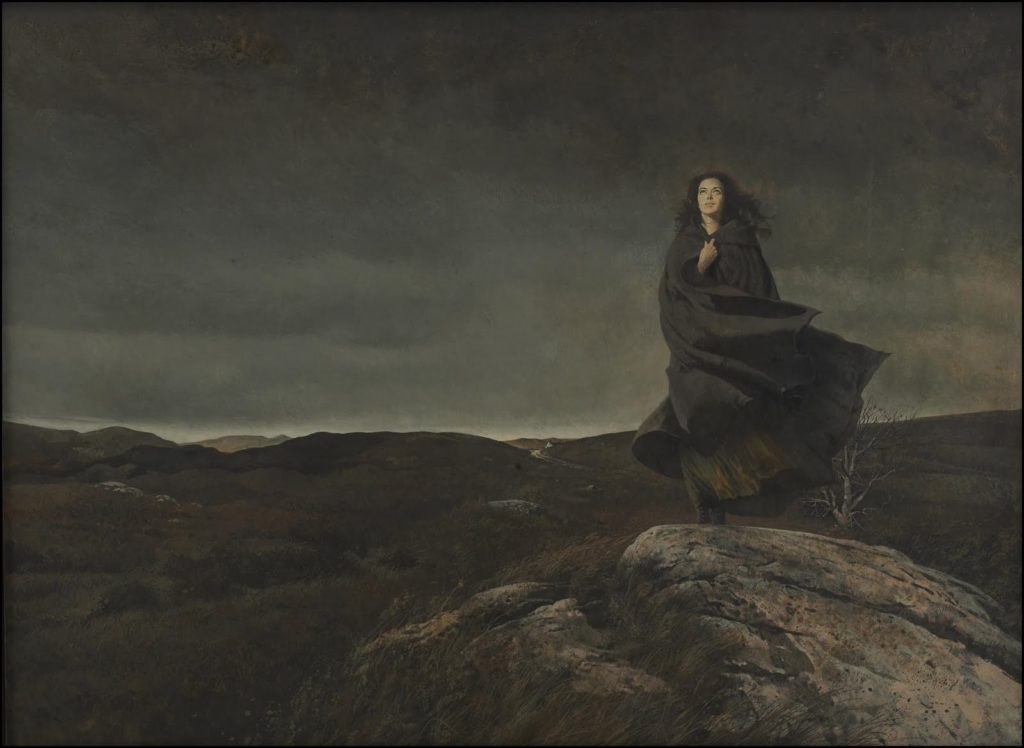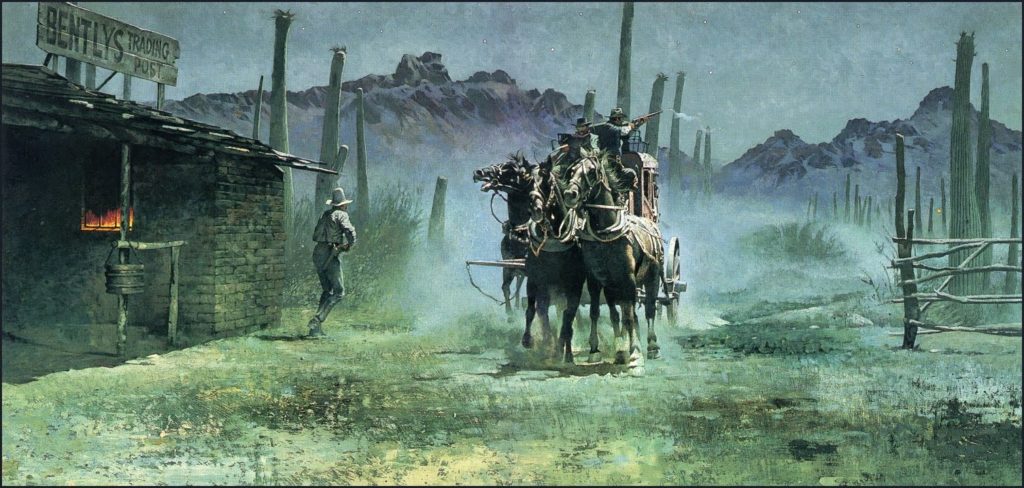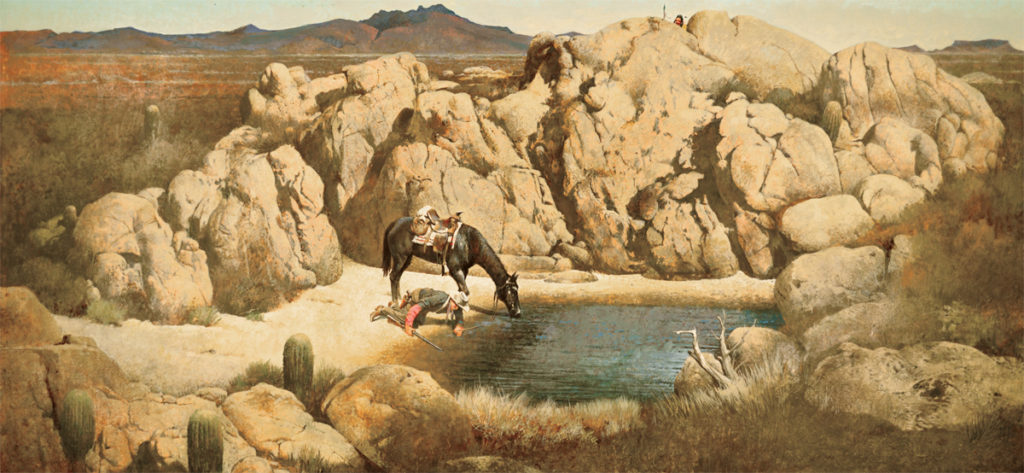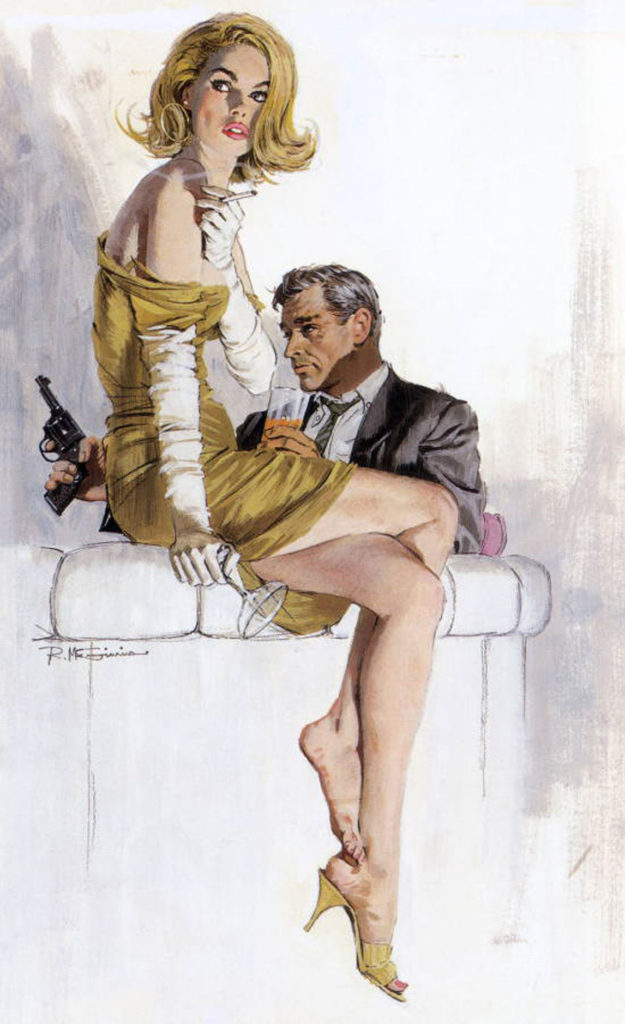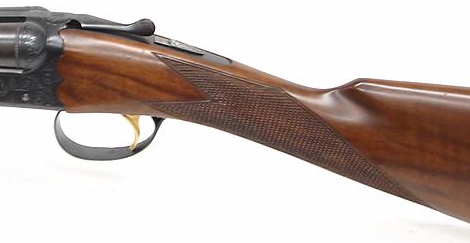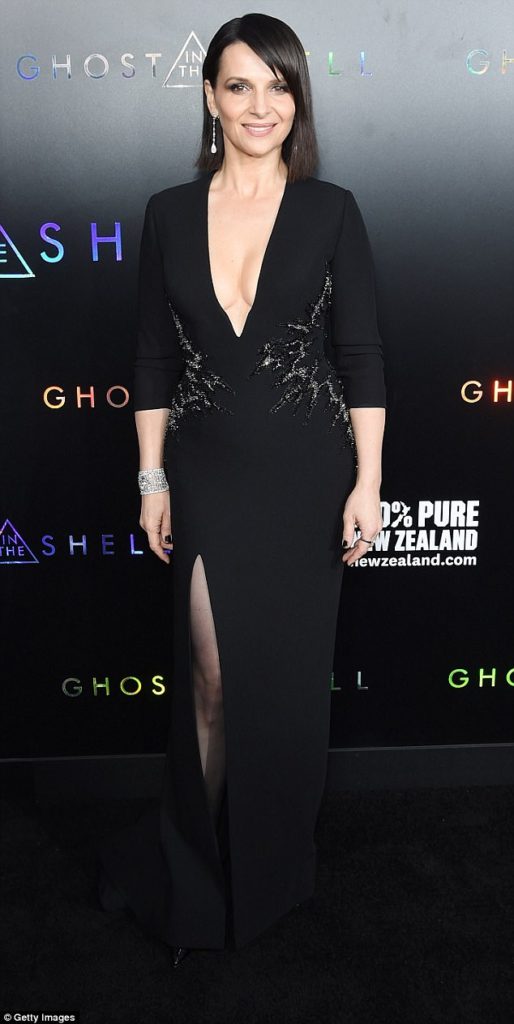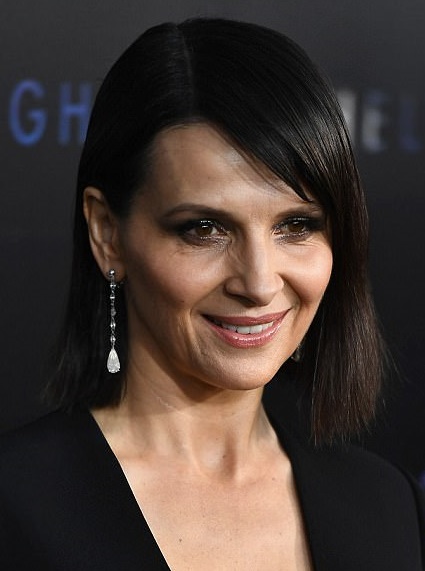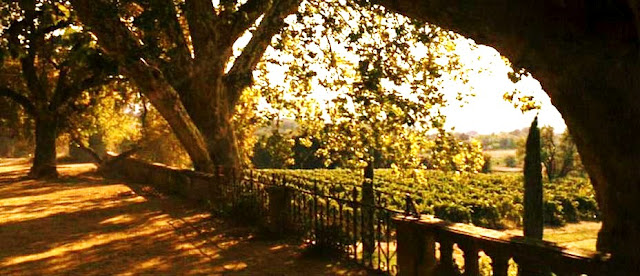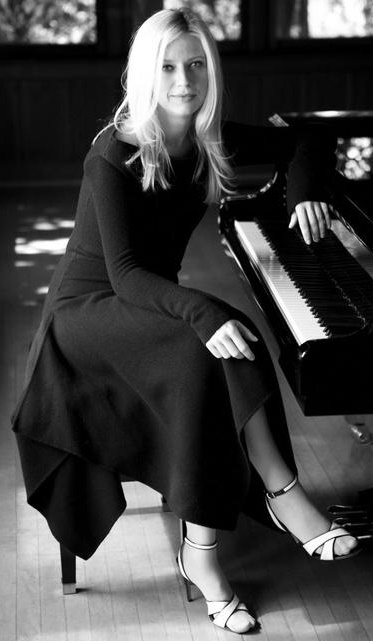One of our favorite famille du Toit sayings is: “Architecture doesn’t have to suck.” And that’s because most often, it costs pretty much the same to build a beautiful building as it does an ugly one. (Yeah, sometimes the flourishes and carvings might make it a tad more expensive, but — to use another favorite family saying — “Long after you’ve forgotten how much it originally cost, you’ll still be appreciating its beauty.”) This article, I think, makes a good case for why beauty should be maintained, nay even required, in its examination of why beautiful architecture is so necessary.
My favorite distinction is between the Art Nouveau and the Le Corbusier (a.k.a. Modernist) styles:


Myself, I prefer the graceful, almost decadent style of Art Nouveau, and find the sterile straight lines and sharp corners of Modernism (or what I call the “East German”) style repulsive and soul-destroying. It should come as no surprise that the first style came about before the First World War, and the second style immediately thereafter — just like the exquisite art of Impressionism was followed by Cubism [50,000-word anti-Cubism rant deleted].
Yes, I know that Modernist buildings are more “efficient” (like that’s important) in their ease of construction and utilization of space. All I know is that I’d rather look down any classical Parisian street than any modern German one. (Or, for that matter, a street in an American city like Dallas, which is so ugly it’s small wonder that most North Texans prefer to live in the suburbs, which are themselves hardly a source of exemplary architecture.) And I can say with absolute certainty that I’d rather live on a beautiful Art Nouveau street than on one lined with buildings designed by Walter Gropius (another architect who — like Le Corbusier — should be in a space where the temperature is set to “Broil”).
I know, I know: beauty is in the eye of the beholder. But as Joseph Campbell is quoted in the linked article above: “If you want to see what a society really believes in, look at what the biggest buildings on the horizon are dedicated to.”
We should live amidst beautiful things, we should strive for beauty even though some evil bastards may call it “decadent”.
A rose is beautiful, and it decays and dies. A concrete block is useful, and survives for centuries, its ugliness almost timeless. No two roses are alike; all concrete blocks are identical. We can always grow another rose to replace a dead one — but to get rid of a concrete block, we need jackhammers and high explosives.
I know that some people may find beauty in straight lines, and sharp corners, and orderliness. I’m just not one of them.


